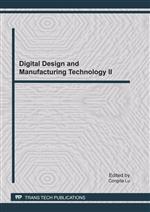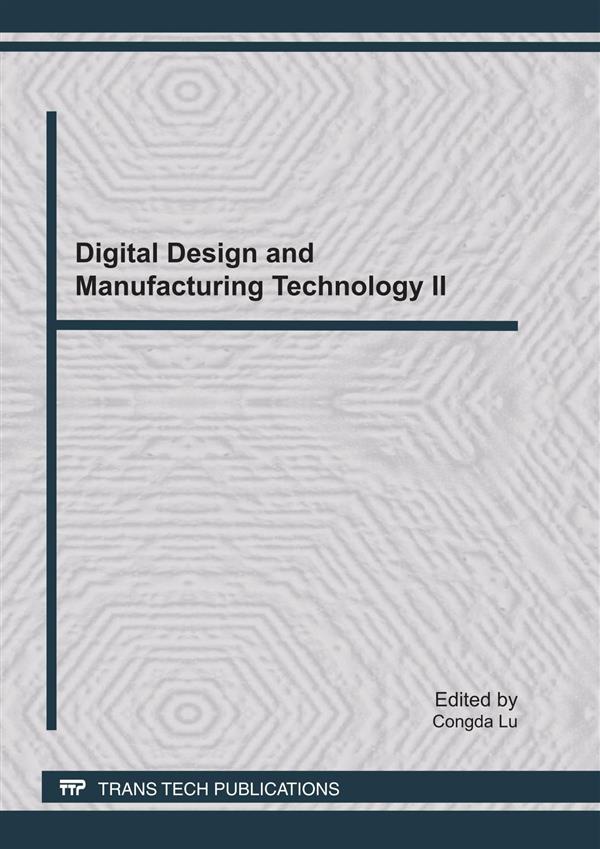Engineering Research
Materials Science
Engineering Series
Digital Design and Manufacturing Technology II
Description:
Volume is indexed by Thomson Reuters CPCI-S (WoS).
Purchase this book:
Info:
Review from Ringgold Inc., ProtoView:
Selected and peer-reviewed, the 81 papers gathered in this volume look at the current status of computer-aided design and manufacturing of components and products. The topics include cutting forces in helical milling processes, methods for evaluating uniformity in the lapping process, applying visualization in scientific computing technology, the numerical and flow-field simulation of acoustic levitation polishing, designing cold extrusion dies for precision gears, applying ultrasonic radiation forces, the impact of plate cylinder deformation on graphic quality, and the autonomous control of abrasive flow precision machining.

